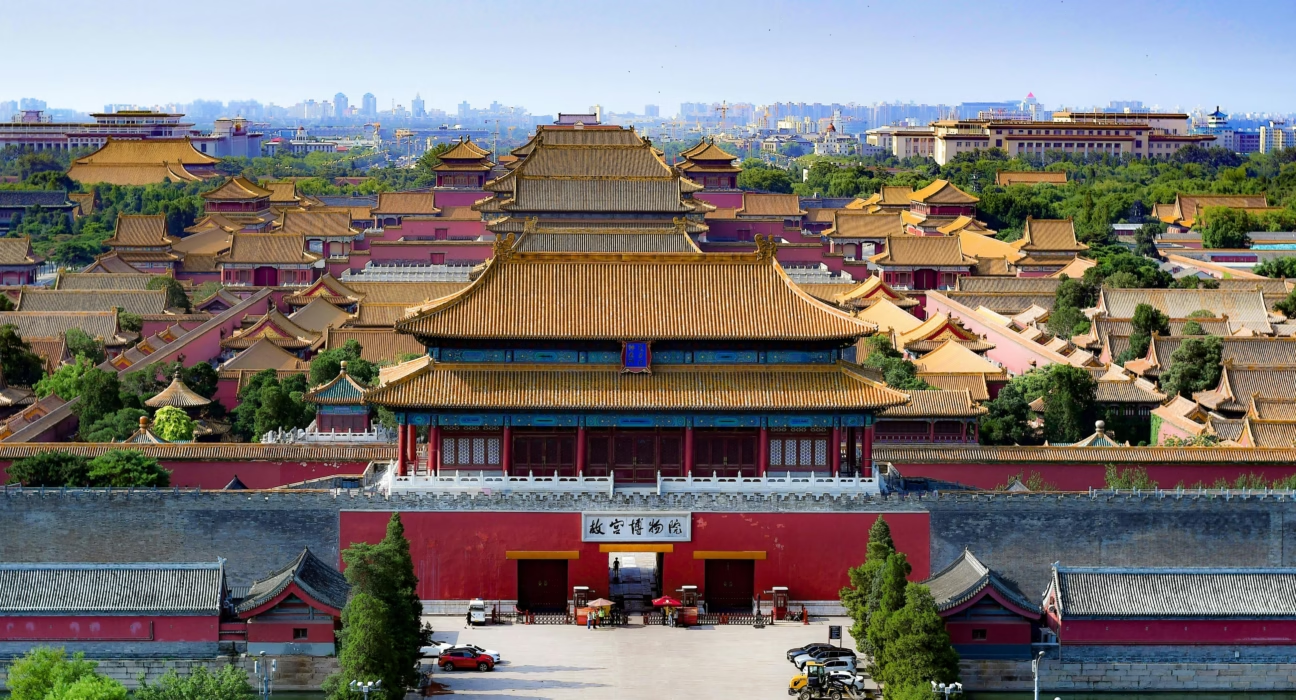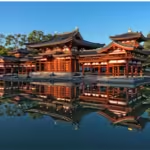Chinese architecture is a captivating journey through history, showcasing not only the advancement of construction techniques and materials, but also embodying the rich cultural, philosophical, and spiritual values of the Chinese people. From grand temples like the Temple of Heaven to traditional wooden houses, Chinese architecture masterfully melds art with functionality. One of its most distinctive features is the principle of balance and harmony, inspired by nature and Daoist philosophy. This focus creates not only aesthetic beauty but also a sense of tranquility for those who inhabit these spaces.
The Principles of Balance and Harmony in Chinese Architecture
In understanding Chinese architecture, one must first delve into the principles of balance and harmony that are intrinsic to its design. These concepts go beyond mere aesthetics; they reflect a deeper connection between human beings and the universe.
The Cultural Foundations of Balance
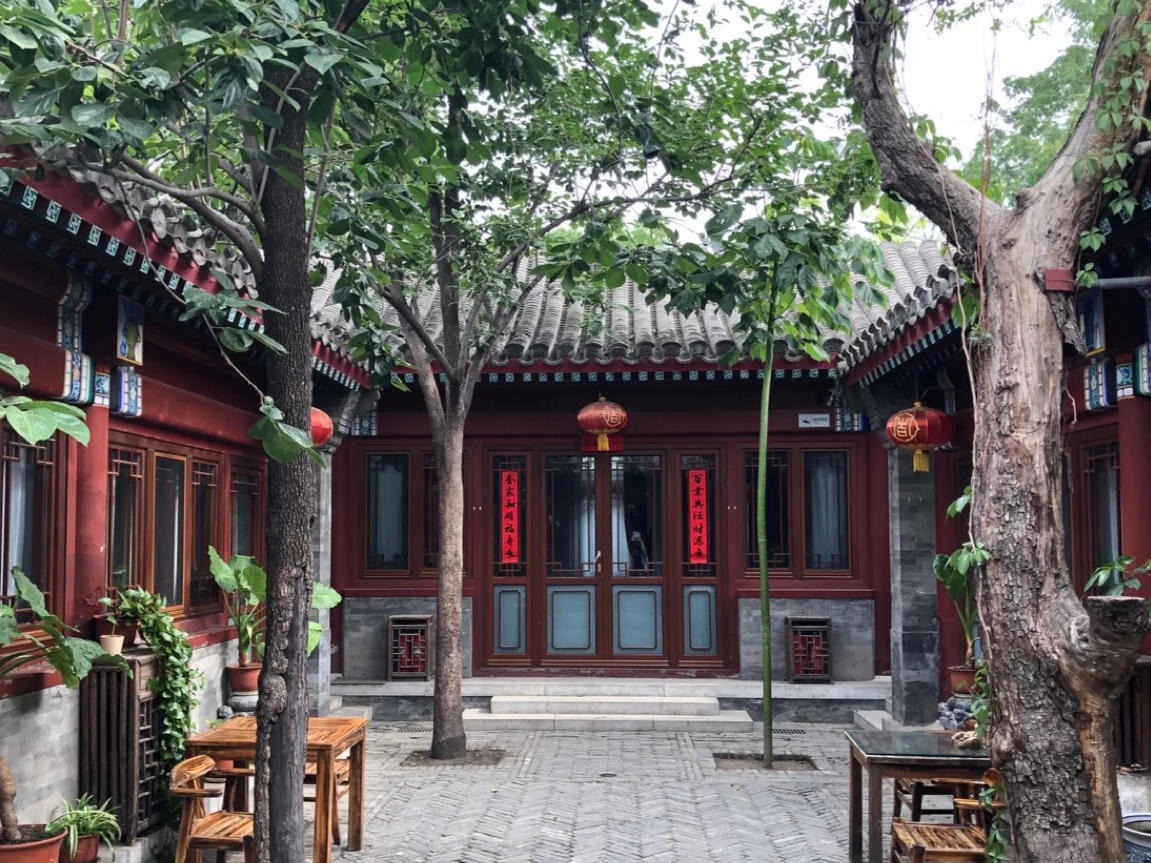
The concept of balance in Chinese architecture can be traced back to ancient philosophies that viewed life as a harmonious interplay of opposites. This is particularly evident in architectural layouts where symmetry plays a crucial role. Traditional Chinese homes often feature symmetrical courtyards and rooms arranged around them, creating a sense of order amidst chaos.
This cultural foundation emphasizes that architecture should respect the natural environment. For instance, when constructing homes or public buildings, architects often consider the surrounding geography and climate. They aim to create structures that are in tune with their environment, promoting sustainability and comfort.
In modern times, this principle finds resonance in sustainable architecture, where the goal is to minimize ecological impact while enhancing the quality of living. If contemporary designs could more consistently incorporate these timeless ideals of balance and harmony, there would be a significant shift towards creating green spaces within urban landscapes.
Nature’s Influence on Design
Nature serves as a guiding force in Chinese architecture. The use of natural materials—like timber and stone—reflects an affinity for the earth and all its elements. Structures are often designed to harmonize with the landscape, using local resources to lessen environmental footprints.
The roofs of many traditional buildings, for instance, are curved, mimicking the lines found in nature. This curvature isn’t merely decorative; it symbolizes the fluidity of life and the connection between heaven and earth. The intricate details of these roofs are not just for aesthetics—they are functional elements that protect against the elements while serving as a metaphor for shelter and security in the larger cosmic framework.
By applying these lessons from nature to modern architecture, we can cultivate environments that promote well-being and resilience. Imagine cities where buildings breathe and adapt to their surroundings, drawing from centuries of wisdom embedded in the culture of Chinese architecture.
Modern Interpretations of Harmony
Today’s architects face the challenge of merging modern needs with ancient principles. Many have begun to look back at traditional practices, seeking inspiration in the balanced arrangements of courtyards and gardens. Modern interpretations aim to bring together indoor and outdoor spaces, fostering an atmosphere of tranquility and reflection.
For instance, the integration of green roofs and vertical gardens into urban settings reflects a revival of these age-old concepts. Architects are beginning to understand that true harmony in design extends beyond visual appeal; it encompasses emotional and psychological well-being too. By creating spaces that honor balance and interconnectivity, architects can illuminate how past traditions can inform future innovations.
Cultural Significance in Chinese Architectural Elements
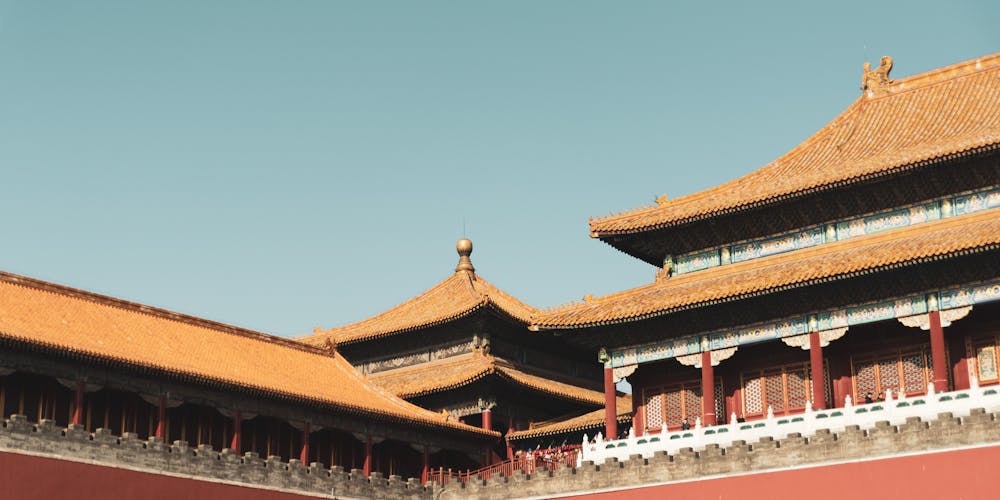
Chinese architecture is replete with symbols and meanings woven into every detail, reflecting the rich tapestry of cultural beliefs and historical contexts. Each element serves a purpose beyond mere decoration, providing insights into the values and aspirations of a civilization that spans millennia.
Symbolism in Colors and Materials
Colors in Chinese architecture carry profound significance, with red symbolizing luck and prosperity. As such, it is frequently used for doors and window frames, inviting good fortune into households. The choice of materials also speaks volumes; for example, wood signifies warmth and life, while stone stands for stability and permanence.
Additionally, intricate carvings on wooden beams and columns reveal stories of folklore, history, and moral teachings. These ornaments serve as reminders of shared cultures and community values, binding generations through time. When combined with colors, they transform a structure from being merely a physical entity to a living canvas of cultural narratives.
Understanding this symbolism allows us to appreciate architecture not just as a form of shelter, but as a storytelling medium. As architects engage with this legacy, the challenge lies in crafting environments that resonate with contemporary audiences without losing the depth of tradition.
Architectural Styles Reflecting Social Hierarchies
The evolution of architectural styles throughout Chinese history mirrors societal changes. Imperial palaces are characterized by grandeur and opulence, demonstrating the power of emperors. In contrast, rural housing showcases simplicity and practicality, rooted in communal living. This disparity in style signals social hierarchies, where architecture becomes a reflection of status and power dynamics.
However, these distinctions are slowly blurring in contemporary society. Individualization in architecture has emerged, allowing personal expression while still paying homage to traditional forms. The challenge resides in finding unity in diversity, creating spaces that cater to various lifestyles without compromising cultural integrity.
Embracing this notion fosters deeper connections among communities, bridging the gap between differing backgrounds and experiences. It encourages an appreciation of shared heritage while celebrating individual uniqueness.
Integration of Philosophy into Design

Philosophical underpinnings are essential to understanding Chinese architectural forms. Daoism, with its emphasis on harmony with nature, permeates the architectural landscape. Concepts like “feng shui” influence site selection and layout, aiming to cultivate positive energy flow in spaces.
Modern architects can explore these ancient philosophies to infuse their designs with deeper meaning. By incorporating principles of feng shui into urban planning, cities could evolve as more peaceful and harmonious environments. The unique blend of tradition and innovation offers exciting opportunities to enhance the human experience in built environments.
Architectural Marvels of Ancient China
To grasp the full essence of Chinese architecture, one must examine its monumental achievements throughout history. Structures like the Great Wall and the Forbidden City exemplify the sophistication and ingenuity of ancient builders, showcasing the interplay of art, engineering, and culture.
The Great Wall: A Testament to Resilience
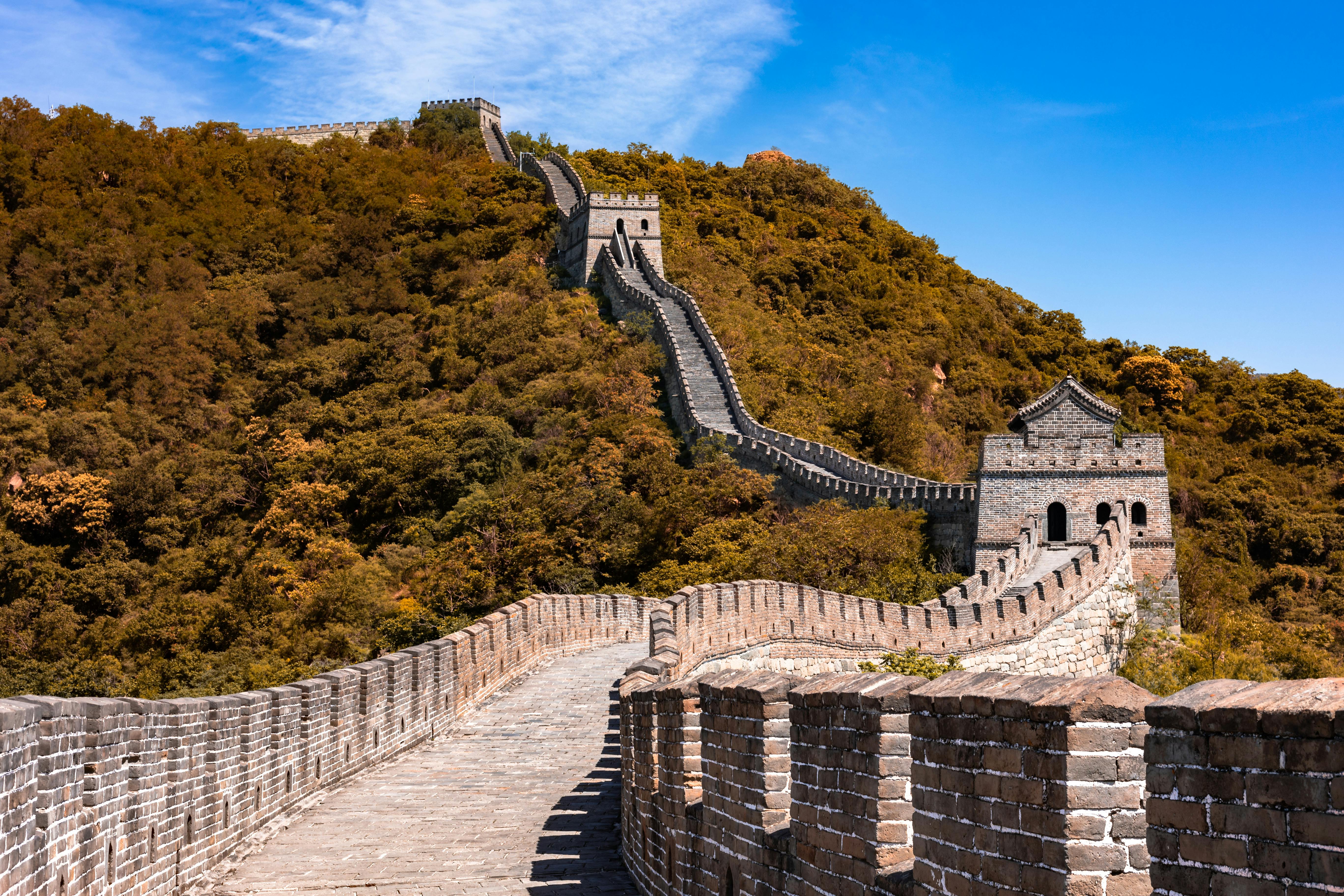
One of the most iconic symbols of China, the Great Wall represents not only military strength but also the extraordinary effort of countless laborers across dynasties. Spanning thousands of miles, it embodies the spirit of resilience and determination that characterizes the Chinese ethos.
Designed as a defensive structure, the Great Wall integrates bunkers and watchtowers, demonstrating military foresight while blending seamlessly with the landscape. The mixture of various materials—ranging from tamped earth to bricks—speaks to the adaptability of design in response to regional conditions.
Beyond serving as a physical barrier, the Great Wall symbolizes the unyielding spirit of a nation. It invites contemplation on the nature of boundaries, both literal and metaphorical. How do these walls shape our perceptions of identity and belonging? This further prompts an exploration of how architectural decisions influence collective consciousness.
The Forbidden City: An Architectural Masterpiece
The Forbidden City serves as a stunning representation of imperial power and artistic achievement. With its sprawling courtyards and meticulously arranged halls, it epitomizes the grandeur of Ming and Qing dynasties.
A closer inspection reveals how the layout adheres to principles of symmetry and hierarchy, reinforcing the emperor’s dominant position within the cosmos. Every detail—from the color palette to the materials used—echoes cultural significance, underscoring the belief system guiding these constructions.
As we navigate through the corridors of the Forbidden City, one cannot help but feel the weight of history and tradition. It beckons us to question how architectural expressions shape our understanding of authority and governance. The intertwining of politics and architecture invites critical discourse about the role structures play in society’s evolution over time.
Lessons from Ancient Architecture for Contemporary Society
The architectural marvels of ancient China offer invaluable lessons for today’s society. As we grapple with challenges such as urbanization and resource depletion, the strategies employed by ancient builders provide insights into sustainable living.
The use of localized materials and labor-intensive craftsmanship promotes self-sufficiency, reducing reliance on global supply chains. Additionally, traditional building techniques prioritize community involvement, fostering connections among residents.
By embracing these lessons, contemporary architects can innovate while honoring the wisdom of the past. The synthesis of ancient and modern practices can lead to the creation of resilient and sustainable environments, paving the way for a harmonious coexistence of humanity and nature.
The Renaissance of Chinese Architecture
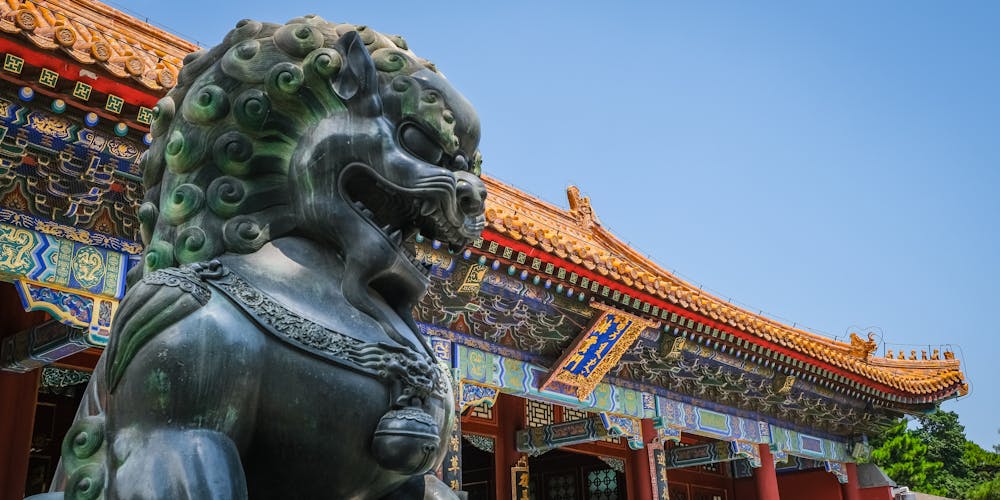
The Renaissance of Chinese architecture marks an intriguing intersection between Eastern and Western influences, reshaping the architectural landscape in ways that reflect globalization.
A Brief Historical Overview
The late 19th and early 20th centuries saw the rise of Western architectural styles in China, leading to a fusion of ideas. Buildings such as banks and government offices began adopting neoclassical elements, showcasing a desire to project modernity.
While this period brought about significant change, it also prompted a backlash from proponents of traditional architecture. Movements arose advocating for the preservation of cultural heritage, emphasizing the importance of maintaining identity amidst rapid modernization.
Understanding this historical context enhances our ability to navigate the complexities of contemporary architecture. How do we balance innovation with tradition? How can we honor the past while embracing new technologies?
The Emergence of Hybrid Styles
In recent decades, a new wave of architects has emerged, exploring hybrid styles that integrate traditional Chinese elements with modern aesthetics. This approach enables the creation of buildings that resonate with cultural roots while remaining relevant in today’s context.
For instance, the National Stadium (Bird’s Nest) is an excellent case study of this phenomenon. Designed for the Beijing Olympics, it combines traditional forms with modern materials, representing a bridge between eras. Such projects showcase the potential for architectural dialogue between East and West, fostering a richer exchange of ideas.
As we continue to embrace diversity in design, it’s crucial to consider how these hybrid styles shape the narrative of contemporary architecture. Can they foster deeper connections between cultures, transcending geographical boundaries? Exploring this question opens up avenues for meaningful cross-cultural collaborations.
Reviving Traditional Techniques in Modern Contexts
While embracing modernity, many architects are also turning to traditional techniques to create sustainable solutions. The revival of timber framing, rammed earth construction, and eco-friendly materials reflects a growing awareness of environmental issues.
Integrating these techniques into contemporary designs encourages architects to rethink their approach. How can we learn from ancient practices to create buildings that honor both tradition and innovation? The answer may lie in listening to the wisdom of the past while envisioning a sustainable future.
Architects have the opportunity to craft spaces that celebrate cultural heritage while addressing pressing global challenges. Balancing these aspects can yield results that inspire future generations to appreciate the interconnectedness of architecture and society.
The Future of Chinese Architecture: Bridging Past and Present
As we move forward, the future of Chinese architecture presents intriguing possibilities. The task lies not only in preserving cultural heritage but also in adapting it to contemporary needs.
Integrating Technology with Tradition
Advancements in technology offer exciting opportunities for architects to reinterpret traditional elements. Using Building Information Modeling (BIM) and 3D printing, architects can innovate while ensuring precision and sustainability.
The application of smart technologies in buildings enhances user experiences, creating adaptable environments that respond to human needs. By intertwining advanced technologies with cultural narratives, architects can create spaces that resonate with present-day exigencies.
This interplay between technology and tradition raises pertinent questions about authenticity and the preservation of cultural identity. Can technological innovation coexist with the essence of traditional architecture? This ongoing dialogue necessitates careful consideration and creative exploration.
Community Engagement in Architectural Practices
Fostering community engagement is vital for the future of Chinese architecture. Involving residents in the design process strengthens their connection to spaces and cultivates a sense of ownership. This collaborative approach aligns with traditional practices that emphasized communal involvement in construction.
Architects can explore participatory design methods, allowing stakeholders to voice their desires and concerns. Such inclusivity can lead to the creation of environments that genuinely reflect the values and needs of the community.
Furthermore, prioritizing social sustainability ensures that architectural endeavors contribute positively to societal well-being. Recognizing architecture as a catalyst for social change allows for a broader understanding of its impact on daily lives.
Cultural Exchange in a Globalized World
As globalization continues to shape our world, the potential for cultural exchange in architecture becomes increasingly significant. The blending of diverse influences can yield innovative designs that break down barriers and foster mutual understanding.
Chinese architecture can serve as a beacon for this exchange, offering insights into harmonious living that transcend geographical boundaries. By engaging with international perspectives while remaining rooted in cultural heritage, architects can create spaces that honor diversity and promote cross-cultural dialogues.
The challenge lies in navigating these intersections with sensitivity and respect. How can we celebrate differences while striving for common ground? This inquiry invites architects to contemplate their roles not as mere creators of structures, but as facilitators of connection.
Conclusion
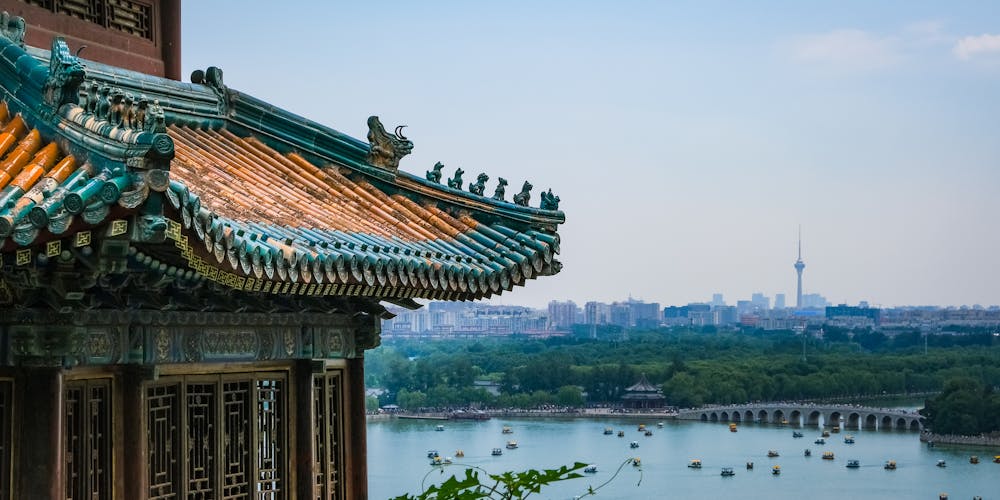
The evolution of Chinese architecture tells a compelling story of resilience, cultural richness, and harmony. By embracing the principles of balance and harmony, respecting cultural significance, and learning from the architectural marvels of the past, we can pave the way for a brighter future.
As we stand at the crossroads of tradition and innovation, architects have the opportunity to create spaces that not only reflect the essence of Chinese culture but also honor the diverse narratives woven into the global architectural tapestry. In doing so, we can cultivate environments that nourish the human spirit, fostering connections that transcend time and space. Embracing our architectural heritage not only enriches our built environment but deepens our understanding of ourselves and our place in the world.
In the journey of Chinese Architecture, we find not just structures, but stories waiting to unfold—a testament to the enduring legacy of a civilization that continues to inspire and connect us all.
✉️ Stay Connected — Subscribe for Weekly Updates
Discover timeless stories, practical wisdom, and beautiful culture — delivered straight to your inbox.
*We only share valuable insights — no spam, ever.




